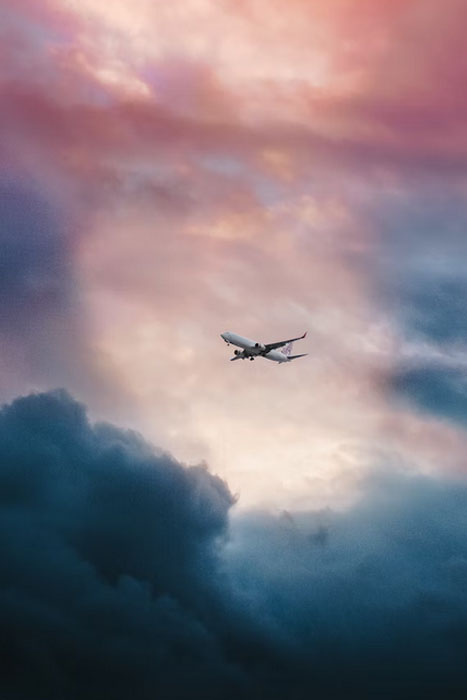 Weather can have a significant impact on private jet comfort and safety. Since many commercial aircraft travels at altitudes greater than five miles above sea level, they are susceptible to the same weather conditions that humans are. Compared to private planes, which fly higher, there is less of an impact. The crew of the private plane continually refreshes its meteorological data both before and throughout the journey.
Weather can have a significant impact on private jet comfort and safety. Since many commercial aircraft travels at altitudes greater than five miles above sea level, they are susceptible to the same weather conditions that humans are. Compared to private planes, which fly higher, there is less of an impact. The crew of the private plane continually refreshes its meteorological data both before and throughout the journey.
Check the weather prediction the night before if your private aircraft will be flying in chilly weather, and make plans appropriately. Hard rain and low clouds could make taking off in a private jet challenging. Due to the difficulty pilots have controlling their aircraft during thunderstorms and lightning, this may reduce visibility at or near airports and interfere with flight schedules.
During a storm, aircraft are not allowed to take off or land, and they frequently detour or change their destinations to avoid storm cells. Airport ground operations may be suspended in severe situations. Only airport managers have the authority to close an airport, and they would only do so in dire situations like floods.
In the event of volcanic ash, air services cannot close or restrict airspace but they can advise airlines on the possibility of running across ash. Airlines decide whether to continue operations or postpone flights through ash-affected airspace.
Once in flight, private jets are extremely well-equipped to handle frigid weather and snowfall. Private jets flying in cold weather such as ice or snow shouldn’t pose a problem because the majority of aircraft are equipped with de-icing technology.
Flight operations are also aware of the possibility of blizzard conditions. Which, incidentally, can result in an ice buildup that happens too quickly for even de-icing devices to keep up with. Additionally, it might be risky if ice forms on a plane’s wings.
Additionally, freezing rain should be avoided by private jet flight operations since it can quickly result in an accumulation of ice on the wings. It’s advisable for the aircraft to stay on the ground in situations like this.
Rain
A private jet’s takeoff might be difficult in heavy weather and strong gusts. especially while scheduling a flight, such as a route change or a delay. But when it comes to this kind of weather, visibility is primarily a crucial factor. When traveling at greater cruising speeds, the airflow effectively eliminates water from the glass of the aircraft. At slower speeds, like while landing or taxiing on the ground, the pilot requires a clear vision of the surroundings.
Furthermore, even though heavy rain might reduce vision, taking off in a private jet doesn’t present a significant challenge because most aircraft operate on instruments.
Wind
Everything relating to private jet flights, including the runways to utilize at an airport, the direction in which planes take off or land, and the flight patterns taken, are all influenced by wind speed and direction.
Snow and Ice
In the event of snow, private aircraft are well-equipped to withstand freezing air temperatures. A pilot won’t attempt a landing until they are accustomed to it.
The airport’s runway and taxiway conditions as well as the de-icing of the private jet before takeoff are therefore of utmost importance. It’s advisable for the aircraft to remain on the ground in conditions like this.
Ensure your safety and security. Allow Luxe Travel Concierge to take care of all the demanding booking arrangements for your next chartered flight. Expect nothing short of absolute luxury and relaxation as you fly from one place to another. Leave it all to us. We love our clients, and we know how to spoil you.